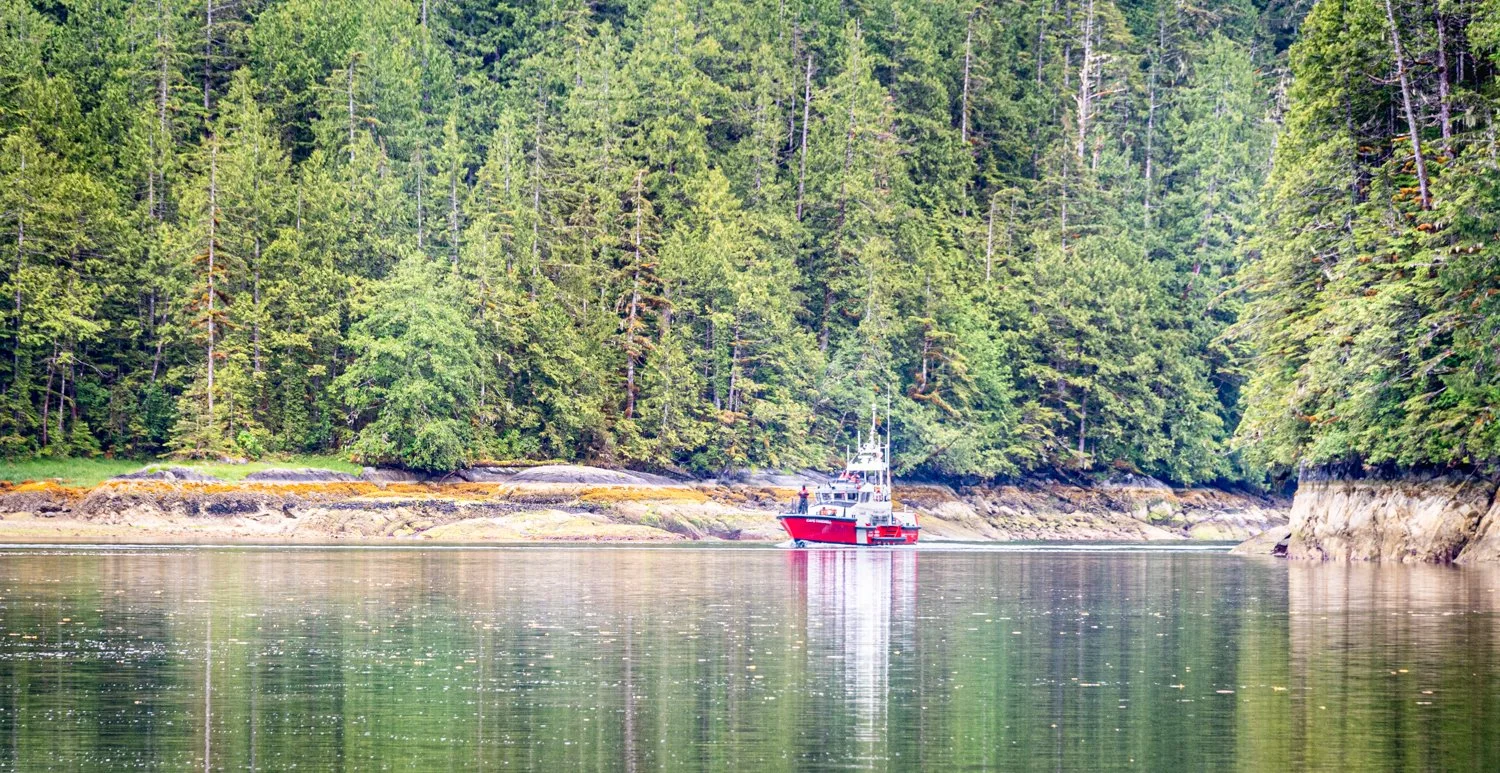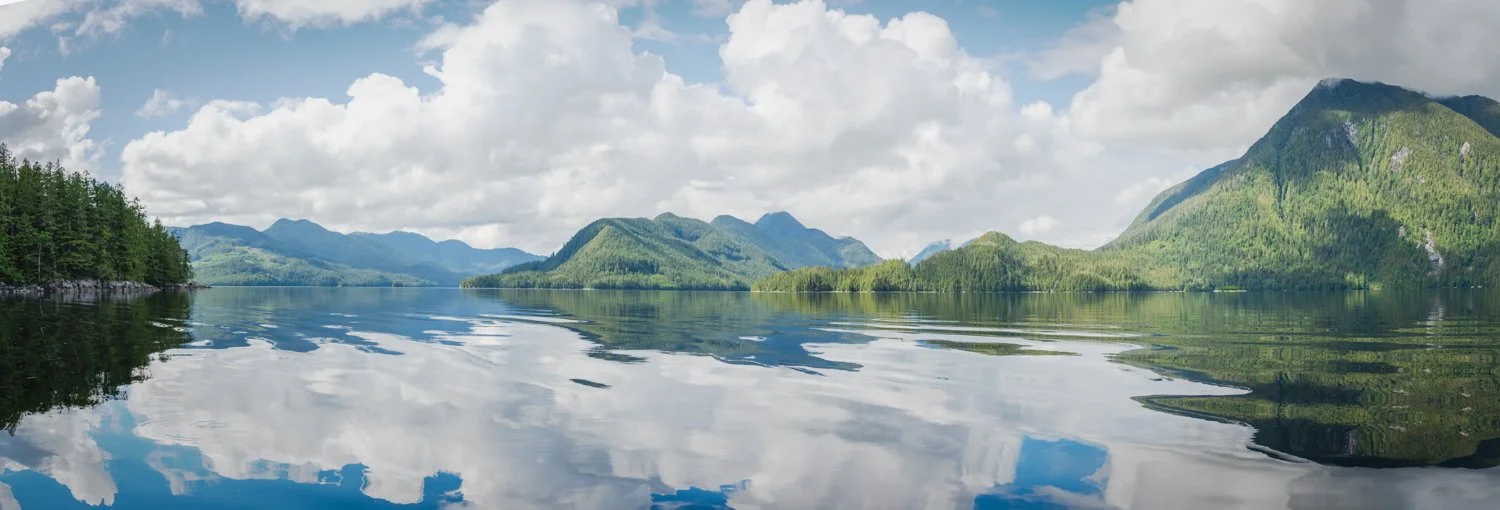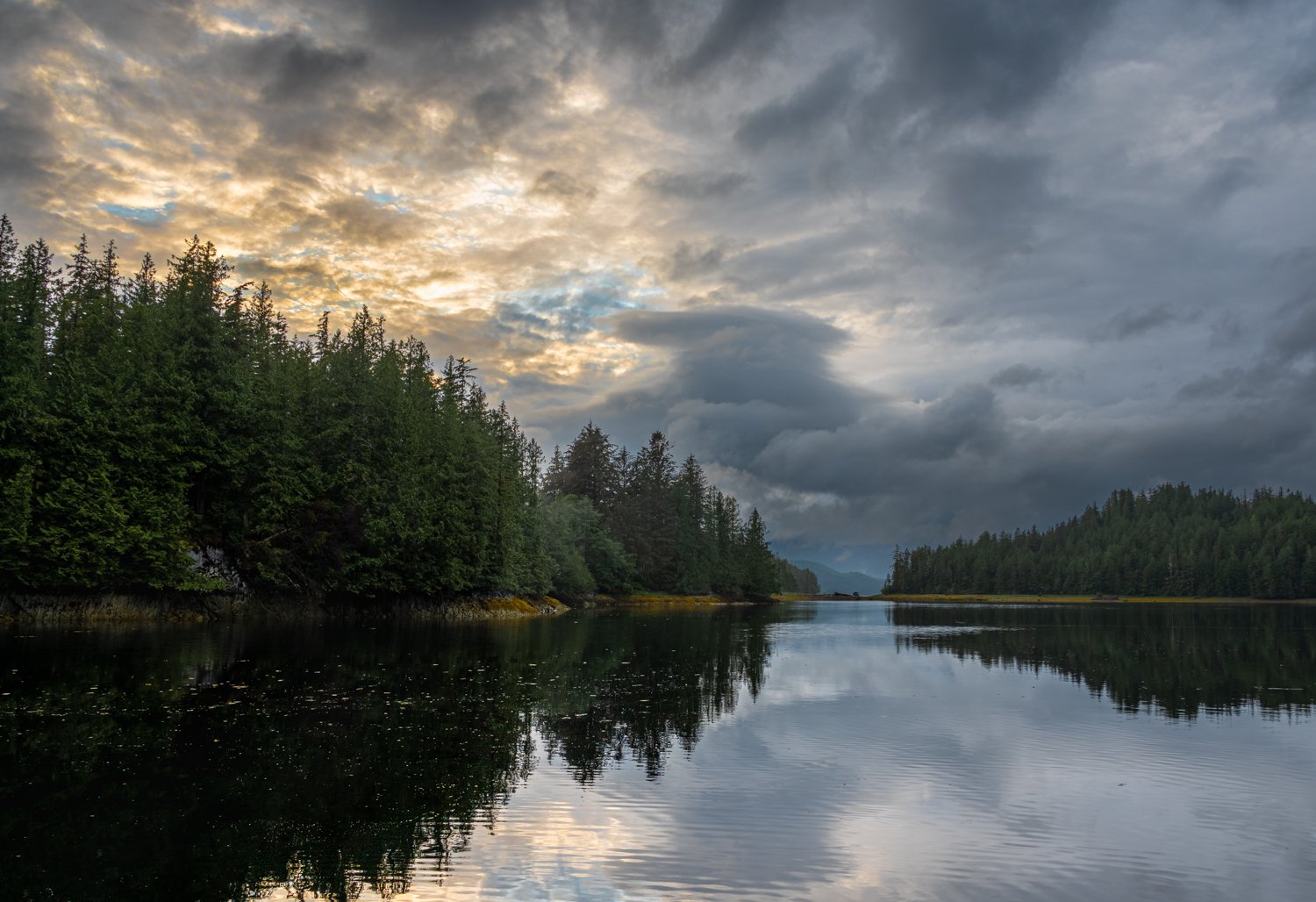We timed our run through Perceval narrows to still be on the flood with about two knots of current on our bow. Nice, if a little slow of a ride.
As we approached the exit of Reid Passage, the M/V Columbia 3 called us to say they would wait for us to exist before they came into the narrow pass. The professional crew of the explorer vessel were very pleasant and made both our trips through the narrowest portion safer.
After turning up Seaforth Channel we turned our attention to the radar. With reduced visibility and the knowledge that we could expect traffic leaving Shearwater, radar was our early warning system for opposing traffic. Soon a target appeared going fast and on our course line. It was a big target, but given its speed, I was not certain who they might be. No AIS, which was a surprise for such a large target. Shortly, I saw the vessel take a distinct turn to the south and resume a course reciprocal to ours but definitely offset. OK, that’s a professional at the helm. As the vessel came into view it was a police catamaran, probably 50 feet or larger and a tri-deck. All that mass accounted for the large radar return.
Shorty thereafter, two more targets appeared going south, moving fast also, but much smaller targets than the police vessel. They turned out to be sport fishing yachts headend out to the their hunting grounds.
No other traffic was spotted today as we motored up Return Channel to our destination. This route was so spectacular a few weeks back, but with the rain an low clouds, there is not much to admire.
As we made our way through the northern entrance to Troup Narrows we came upon two sailboats right where I had placed a couple of proposed locations to drop anchor. We continued to our third spot in the NW cove in 25 feet with going holding.
It’s a nice, smallish anchorage with “views” in all directions so it does not feel small. But on a low rainy day, the mountains are obscured. We are well protected and only moved a little with the tide change.





















